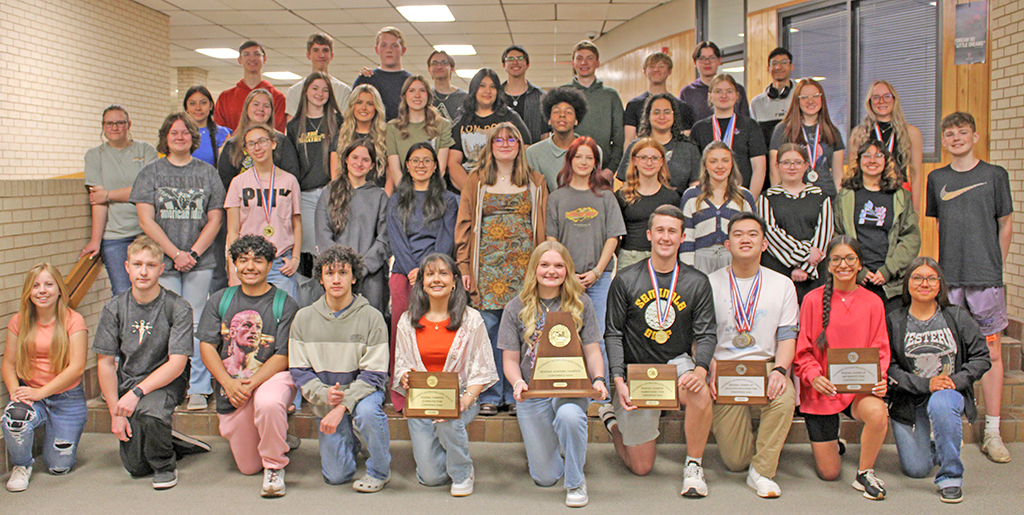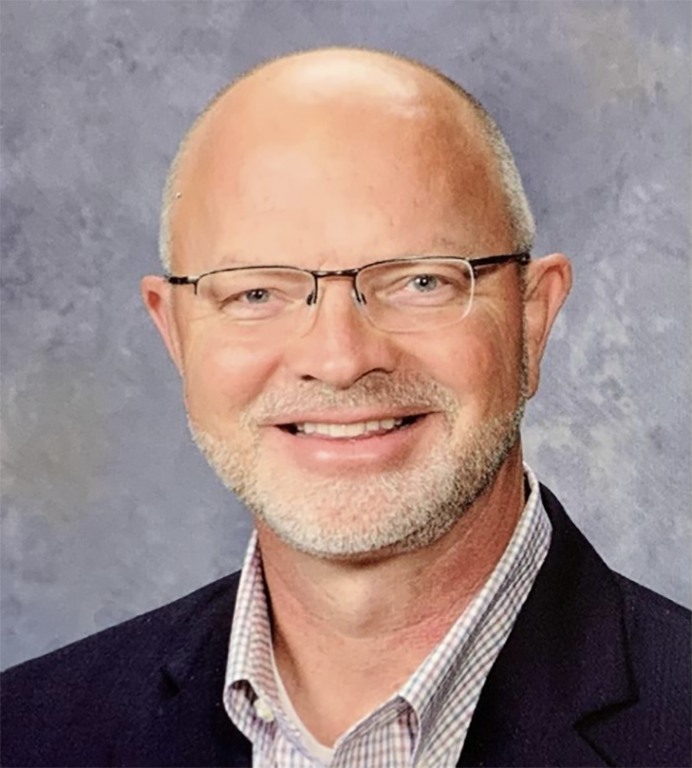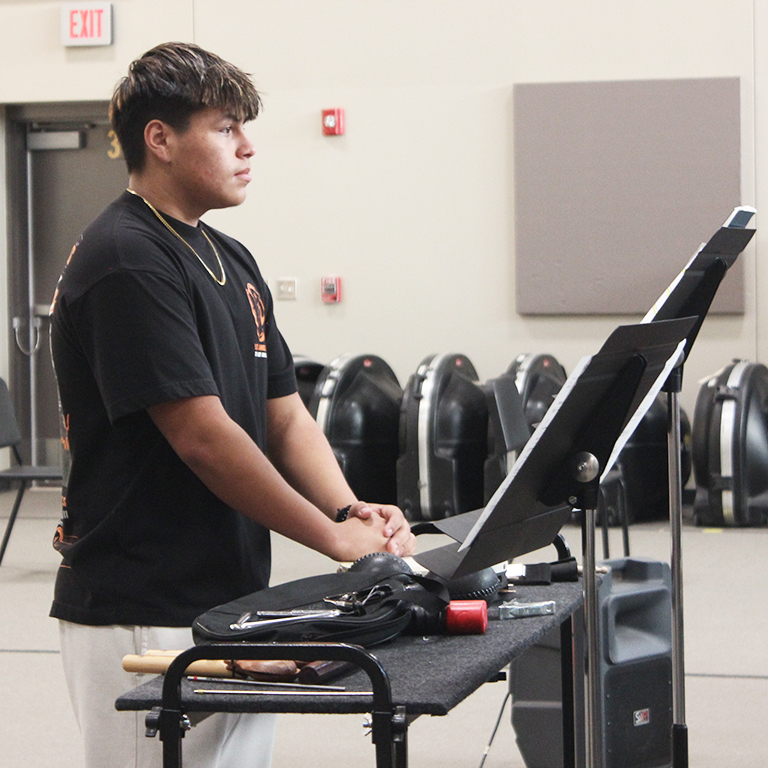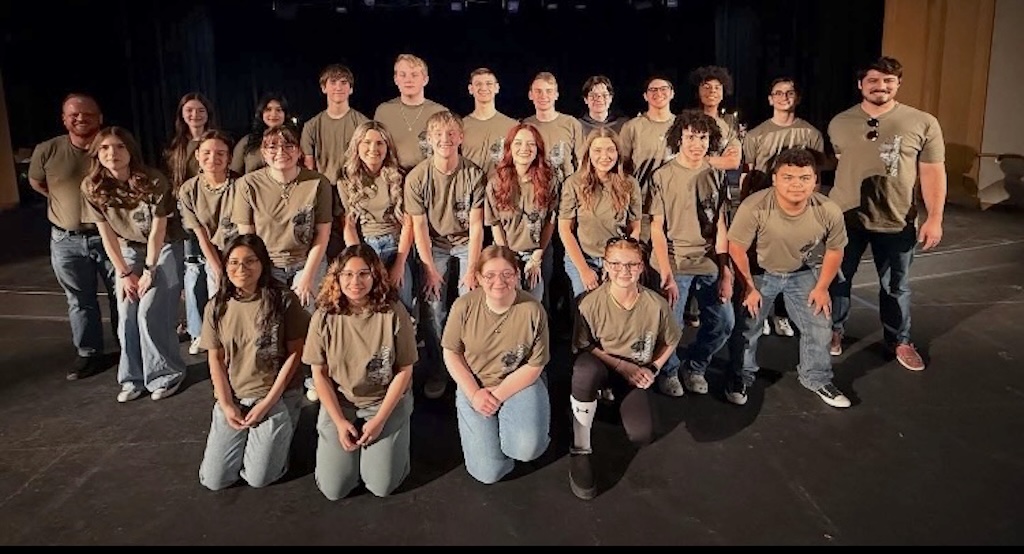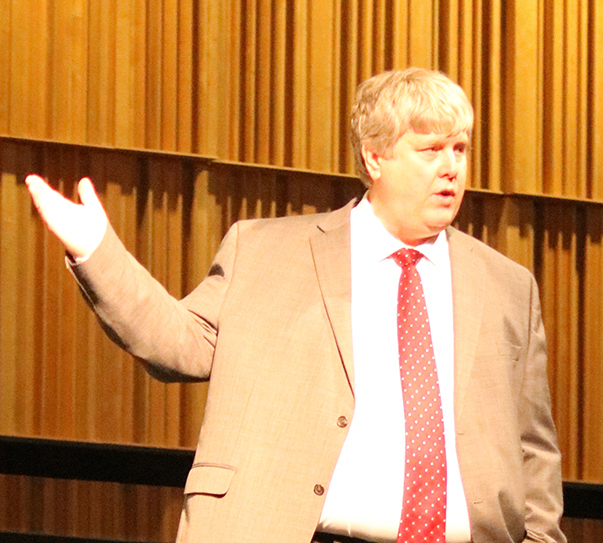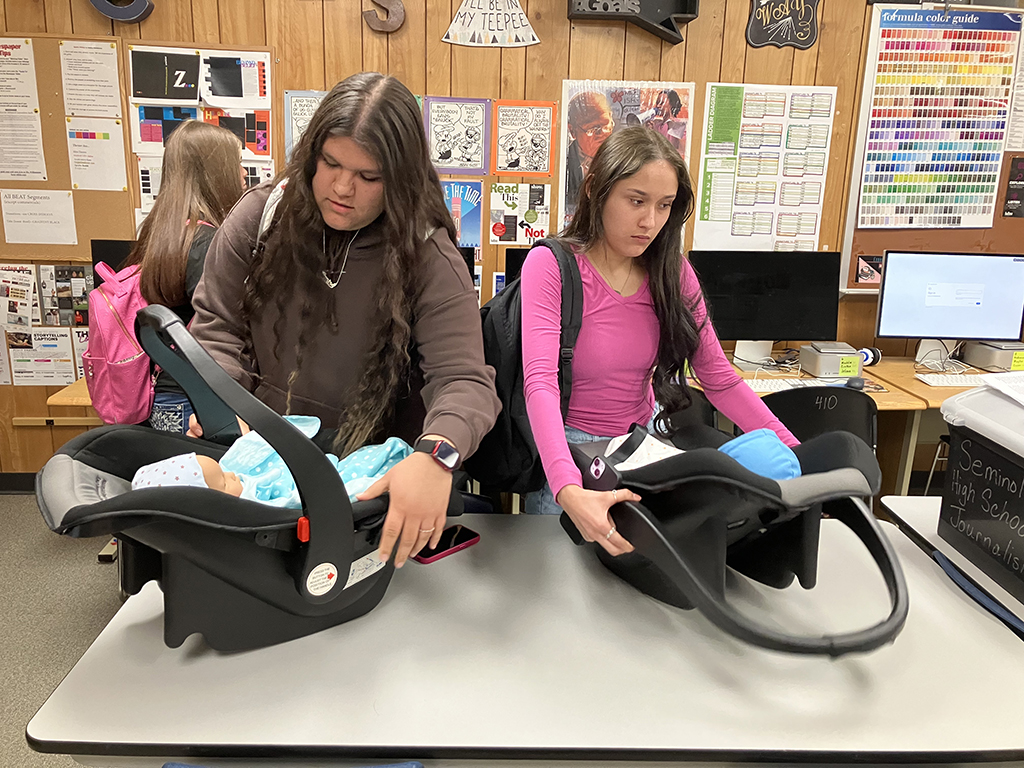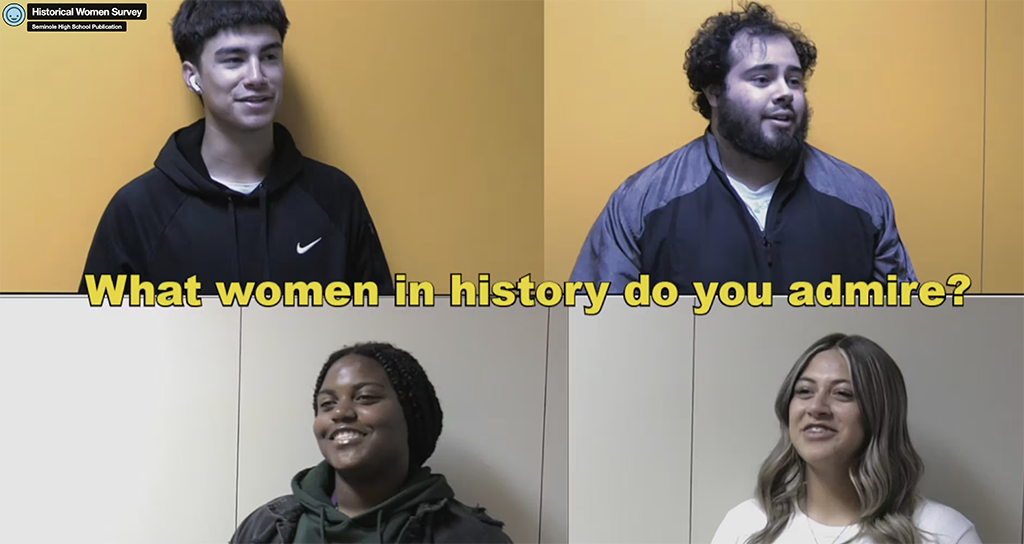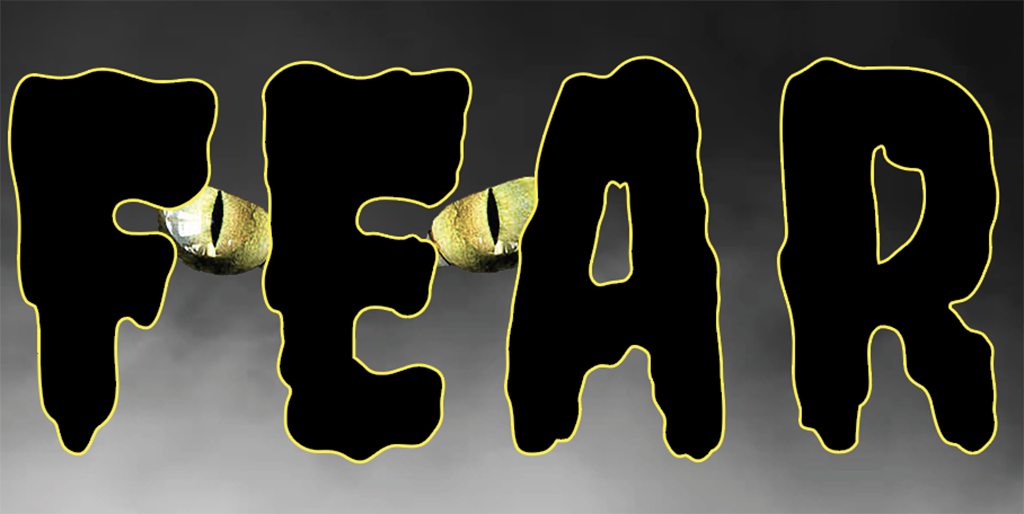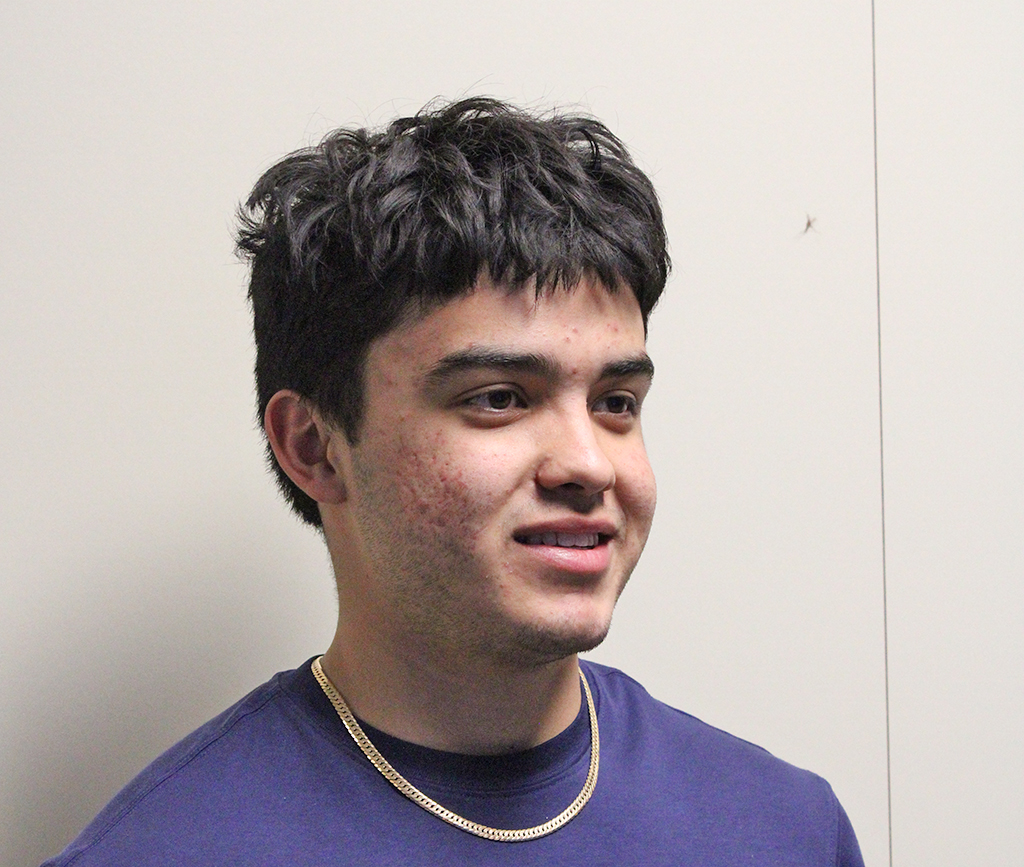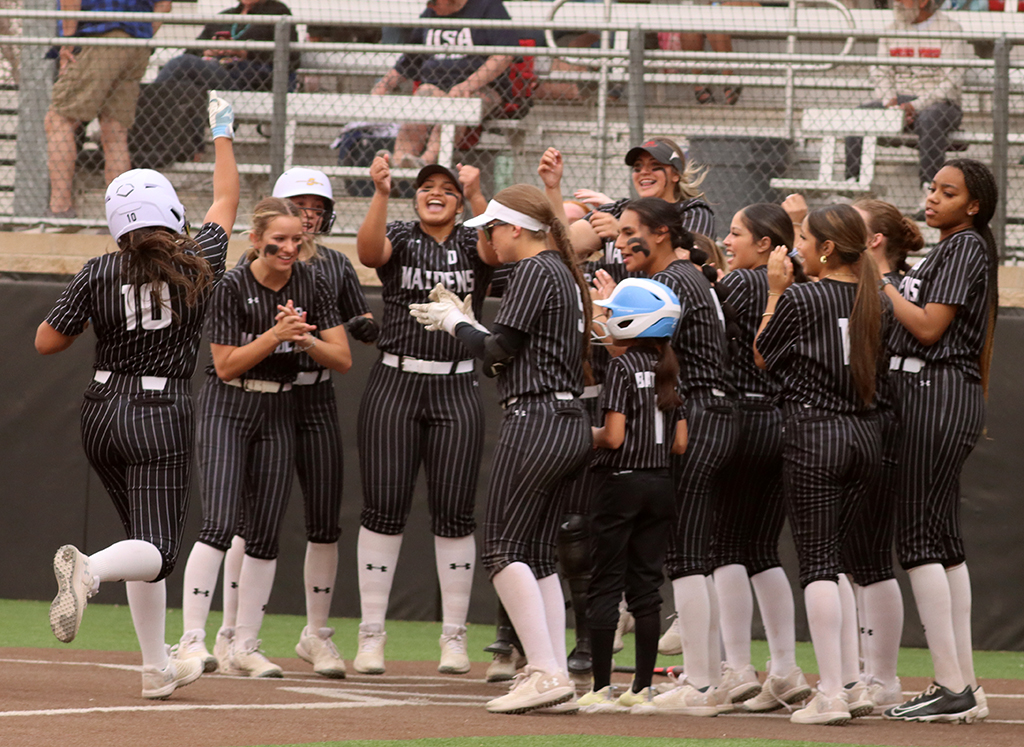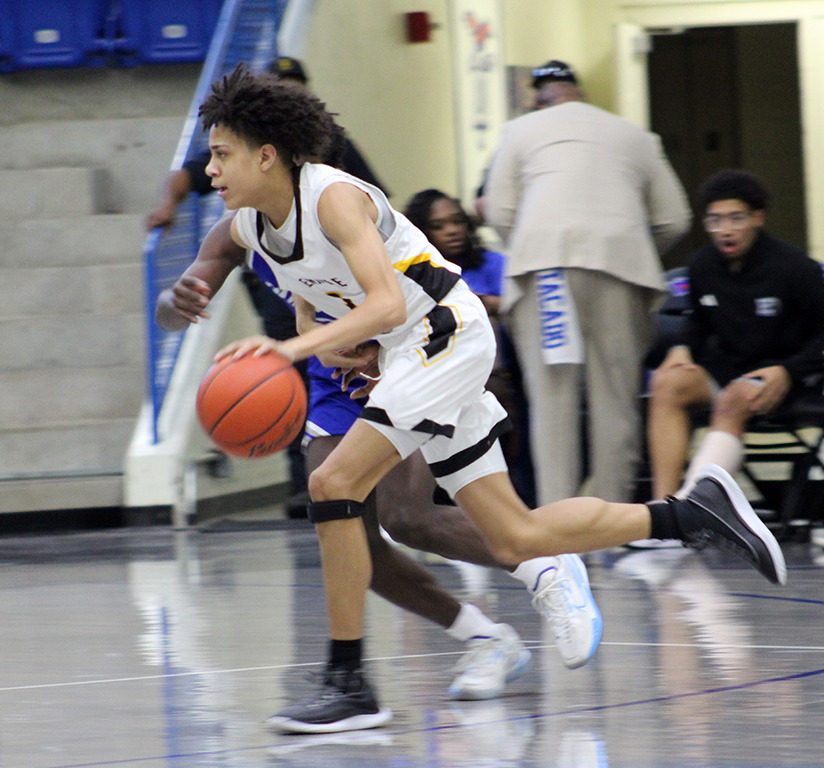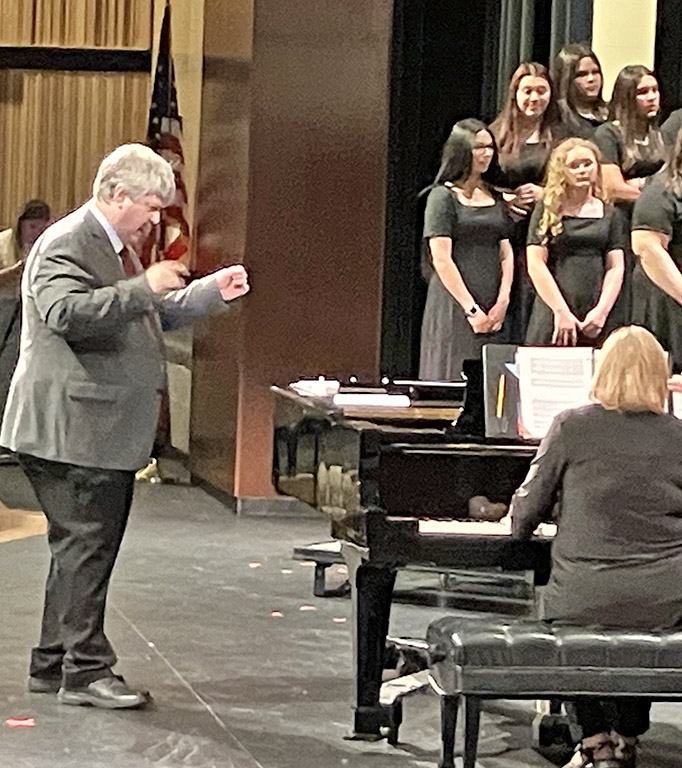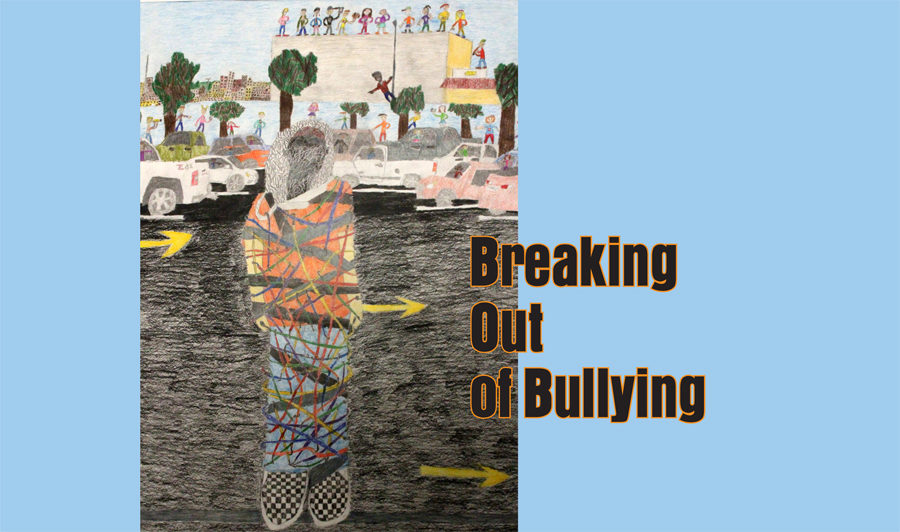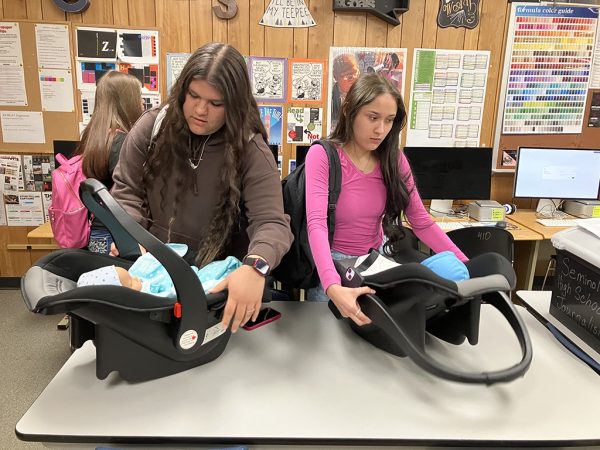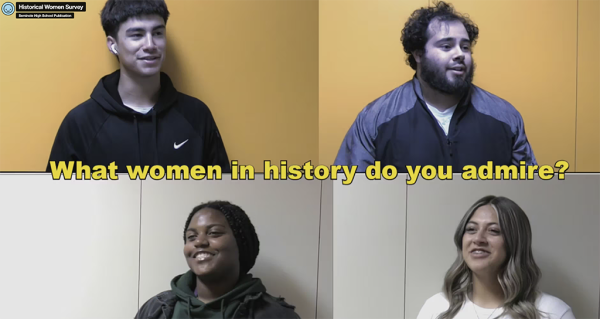Abuse destroys self-esteem
She comes home in tears, the harsh words still ringing in her ears. They called her ugly, a monster. Her parents assured her that they were just jealous of her strength, but the words were still echoing through her, damaging her self-esteem.
Some 49 percent of children in grades 4-12 reported being bullied by other students during the preceding month, according to stopbullying.gov. Sophomore Ainslee Harvey knows what that’s like. She had open heart surgery when she was younger and other students harassed her because of it.
“I was bullied in primary, elementary and in junior high,” Harvey said. “People called me ‘Frankenstein’ because of my scars.”
Often, the bullied become bullies, themselves. Information from national studies indicates that 30.8 percent of students reported bullying others in the past month.
“Because I was bullied, I got angry at times,” senior Tristin Williams said. “It made me irritable and aggressive toward people. I was becoming a bully myself.”
Bullies tend to feed off the isolation of their victims.
“I was bullied quite a lot in Colorado, before I moved here,” senior Dakota Henson said. “It all started because I was different from everyone. I was very quiet and kept to myself. I was labeled as a social outcast.”
Name-calling and verbal abuse are reported in 44.2 percent of bullying victims.
“I’ve been bullied before by someone who used to be my friend,” sophomore Alayna Amen said. “It was more of a verbal type of bullying than physical, like rude names. She liked pranks, too. My once-too-sensitive mind couldn’t handle it.”
The website Stop the Bullying says that this type of abuse is a learned behavior and that bullies use this behavior as a coping mechanism in a stressful situation or from a prejudice-based attitude at home.
“Often people who bully are currently or have at some point been bullied themselves,” the website said. “Other reasons for bullying include jealousy and insecurity. We know this because we work extensively with people who bully to help them understand and overcome their behaviors.”
The website said if a student is bullied, that victim needs to know that he or she is not the problem.
For students who witness bullying, ignoring it is part of the problem. Observers can help break the cycle by speaking up, sending a message to the victim that he or she is not alone.
“I see people, and I want to intervene,” Williams said, “but people will think I’m the bad guy if I do.”
This need to not transfer the bullying from the victim to a new victim keeps bystanders from helping.
“I don’t particularly pay attention to my surroundings,” Amen said, “but if I did see someone being treated awful, I would gladly step in and tell their bully to stop.”
One preventative measure taken by school administration is to bring in speakers to combat the increase in bullying via social media usage, cyberbullying or verbal bullying that takes place via the Internet. This type of online bullying is becoming more common. Fifteen percent of high school students said they were electronically bullied in the last year.
“We often bring in guest speakers to address bullying,” counselor Tasha Garcia said. “At the high school, we’ve decided to bring out several topics to address, such as bullying and social media issues. Elementary and lower school levels do it, too. They’re starting to address social media more and more.”
With younger kids, 6.2 percent of the incidents occur on the playground or during recess.
“My friend, who has down syndrome, and I were surrounded and put in a fence corner by kids on the playground,” Henson said. “They never apologized for what they did to us, but they eventually stopped after they got bored with bullying us.”
The isolation of the victim often spurs the bully, so educating students to report incidents is important. Often victims are hesitant to report abuse because they fear no one will believe them or that the abuse will get worse.
“It’s important that we bring out these guest speakers and have these programs because we want kids to feel safe and comfortable so they can focus on academics instead of worrying about bullying,” Garcia said. “We want them to learn how to have healthy relationships and how to handle conflict because there’s always going to be conflict.”
Often, a single act of heroism or a kind gesture from another student can make all the difference to the one being bullied.
“I’ve witnessed people getting bullied before, and I’ve never been afraid to help out,” Henson said. “My friend was bullied, and I took the focus away from him so that I could get bullied instead. He was scared; he didn’t want me to get hurt, but he was also relieved that he wasn’t being hurt. I protected him a lot. I guess he was mostly concerned that I would get hurt.”
The willingness to stop a bully can prevent a toxic situation. Anti-bullying programs teach kids how to handle issues when they arise.
“When kids turn things into bigger issues, it’s because they lack skills in communication,” Garcia said. “Our programs are designed to resolve that.”
